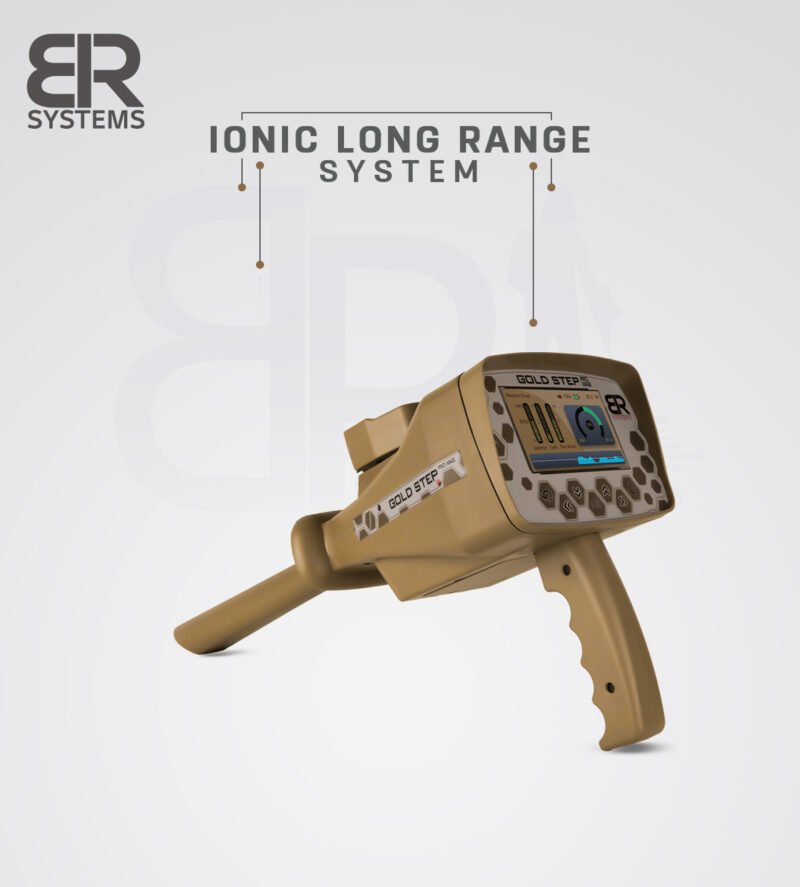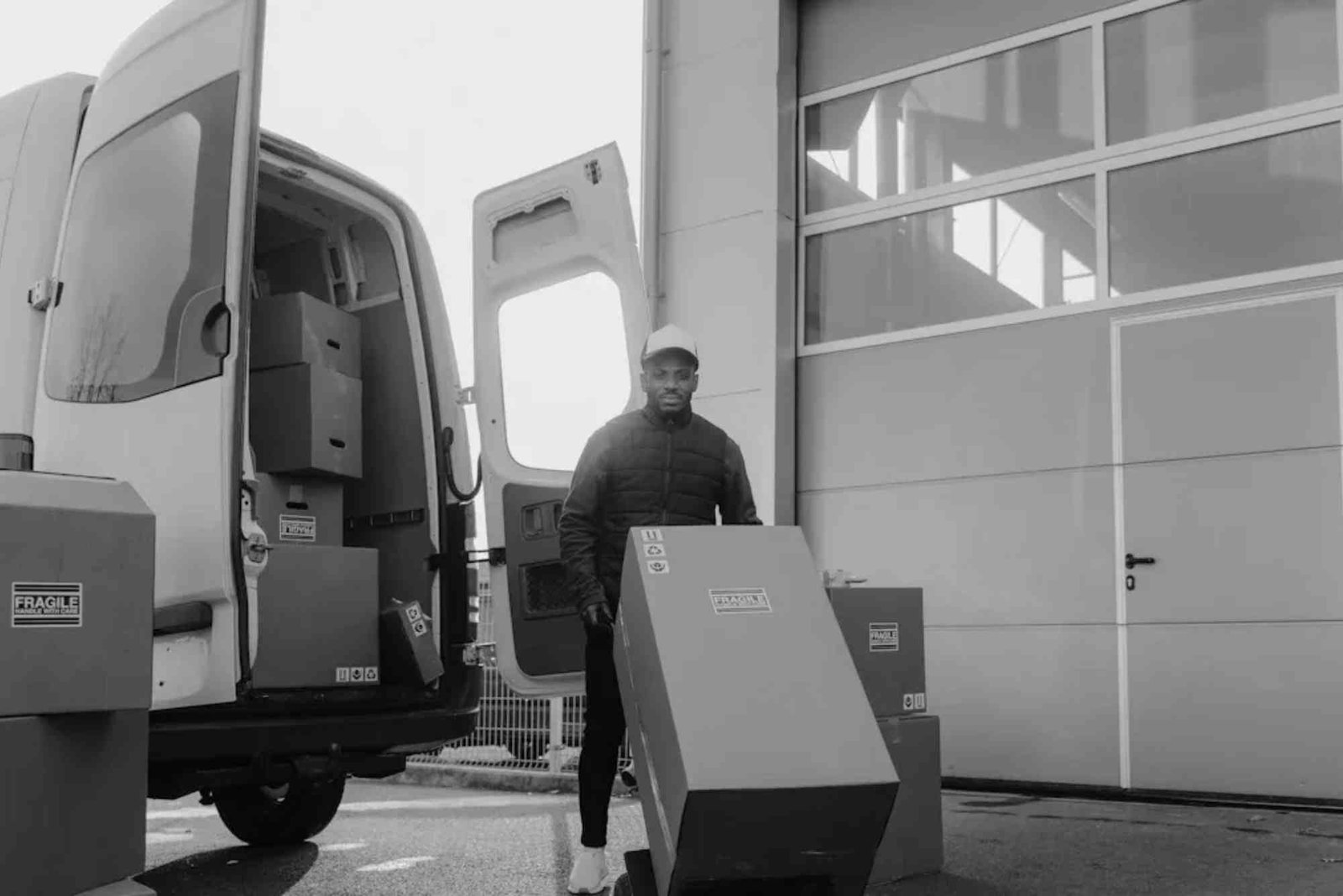Metal detecting has always been a fascinating mix of science, adventure, and patience. Over the years, detector technology has evolved from simple beeping devices into sophisticated machines capable of scanning deeper, filtering mineral interference, and even distinguishing metals with improved accuracy. Among these innovations, long range metal detectors have attracted significant attention. They are designed to cover vast distances, making them especially appealing to treasure hunters and gold prospectors exploring open terrains. But are they really reliable in such environments?
In this article, I’ll break down how these devices work, their advantages, their limitations, and where they truly shine in real-world conditions.
Understanding Long Range Metal Detectors
The key promise of long range metal detectors is their ability to scan wide stretches of land quickly. Unlike traditional metal detectors that require you to sweep the coil back and forth close to the ground, long range detectors are built to sense metallic targets at much greater distances. This capability can be incredibly helpful in open terrains where gold and relics may be scattered across vast areas.
However, the reliability of these devices depends on factors such as soil conditions, depth of the target, and even the skill of the operator. Many experienced detectorists emphasize that while long range machines can provide directional guidance, they are often most effective when paired with other detection tools for confirmation.
The Role of Advanced Technology in Open Terrains
Modern engineering has allowed manufacturers to integrate new features into long range detectors, making them more precise and adaptable to real-world challenges. For instance, devices like the Gold Step Pro Max demonstrate how innovation can bridge the gap between theory and practice. This model combines long range detection with adjustable frequency and ground balancing, giving users a better chance of identifying gold or precious metals in open landscapes without being misled by soil mineralization.
In open terrains, where there are fewer physical barriers but more geological interference, such features are critical. A reliable long range detector must balance sensitivity and stability, ensuring the user spends more time digging meaningful targets and less time chasing false signals.
Advantages of Long Range Detectors
One undeniable strength of long range detectors is their ability to save time. Covering wide areas manually with a conventional detector is exhausting and often impractical, especially in desert regions or vast fields. Long range machines provide a scanning advantage by pointing users in the right direction before ground-level confirmation.
They also tend to be lightweight and portable, which is essential for prospectors spending long days outdoors. In addition, many models are now designed to operate on rechargeable batteries, making them more convenient for extended trips in remote areas.
The Challenges of Reliability
Despite these strengths, the reliability of long range detectors is still debated within the detecting community. Some users argue that environmental factors—such as highly mineralized soil, electromagnetic interference, or natural underground formations—can cause inconsistent signals. Others find that long range units require significant experience to interpret correctly.
This doesn’t mean the technology is ineffective. Instead, it highlights the importance of operator training and using the right equipment in the right context. Those who expect a long range detector to work like a “magic wand” often end up disappointed. But users who approach it as part of a broader toolkit tend to get far better results.
Combining Techniques for Better Success
The best prospectors know that no single device guarantees success. Long range detectors are excellent for scanning large zones and narrowing down promising areas. Once a signal is identified, using a conventional high-frequency detector or a ground-penetrating model can confirm the presence and type of target.
This two-step process may take extra effort, but it dramatically improves reliability and reduces wasted digs. In open terrains where time, energy, and resources are limited, combining methods is often the smartest strategy.
Final Thoughts on Reliability
So, are long range metal detectors reliable in open terrains? The answer is both yes and no, depending on your expectations. These machines are incredibly useful for covering ground quickly and guiding you toward potential hotspots. With the right model—equipped with advanced features like frequency control, ground balance, and depth adjustments—they can be a game changer for gold prospectors.
However, they are not foolproof and should not be relied upon exclusively. Environmental conditions and operator skill play enormous roles in their effectiveness. Models such as the Gold Step Pro Max highlight how technology continues to evolve, but success still depends on pairing knowledge with the right tools.
For serious treasure hunters, long range detectors represent a powerful ally when used as part of a balanced detection strategy. They can help transform vast, intimidating terrains into manageable hunting grounds full of potential.




